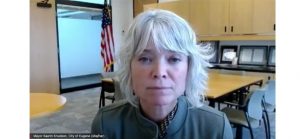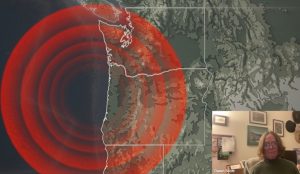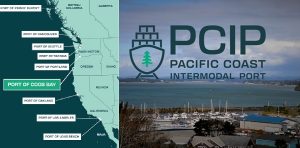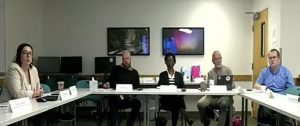Fire chief shares preseason wildfire forecast
4 min read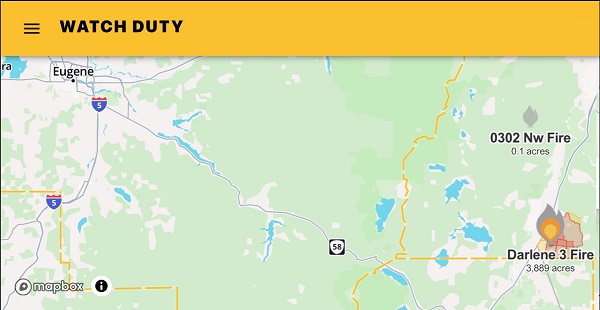
The wildfire forecast for summer 2024. With the City Council June 26:
Mike Caven (Eugene Springfield Fire, chief): As we work on this year’s fire season, the preseason forecast that we got was that overall, it would be an average to potentially slightly above-average wildfire season for us in Oregon. We’ve come out of the long-term drought on the west side of the Cascades that we’d experienced over the last several years.
[00:00:27] However, that being said, we have three large wildfires on the landscape right now, with I think the biggest one running along the south and east of La Pine, which the governor declared an emergency conflagration act.
[00:00:39] So, the preseason fire predictions are important. They help us guide and understand, but they’re not necessarily a predictor of year over year, what exactly is the fire season going to turn out for us.
[00:00:52] The Applegate Fire, which is down in southern Oregon right now, that required additional task forces to support, that occurred while that ODF jurisdiction was moving from low fire danger to only moderate fire danger.
[00:01:07] And so just important to understand, we have a lot of fuel, we’ve had a long-term drought, so the wildfire could be a real risk. When we look back to 2020, it too was a pretty unremarkable fire season throughout, but one significant weather event really drove that into a large scale community disaster.
[00:01:29] And so, regardless what the forests say, regardless of what the long-term forecasts say, we prepare and make sure that we’re ready, our communities are ready, and we’re watching any significant weather events that move in.
[00:01:41] I think one thing that’s important, you’ll see, we haven’t yet experienced a red flag warning in our area. This fire season there’s red flag warnings east of the Cascades.
[00:01:50] When we see significant or community devastating large-scale wildfires, for the most part, those occur on extreme fire weather days, which means a combination of all the significant events, extremely low humidity, high winds, and high temperatures.
[00:02:05] Fortunately, that happens less frequently, but it’s a threat that we, again, we’re prepared for.
[00:02:11] When we look back to just last fire season, it was July 3 that we experienced the Moon Mountain Fire. The fire that, right, we had been planning for in our South Hills Fire Plan for the better part of the last 25 years. Fortunately, that fire did occur early on in the season so the rate of fire spread, wind direction, overall heat wasn’t as big of an issue to that outcome.
[00:02:35] However, as soon as we arrived on scene, we started the notification process to the city manager, and subsequently down to elected officials should we need that support and ultimately to declare a state of emergency.
[00:02:49] In that case, we were able to leverage the more recent Senate Bill 762 with which Chief Heppel and others worked on following the 2020 wildfires that provided an enhanced response network, meaning we were able to access statewide resources to support the response to the Moon Mountain Fire without formally declaring a state of emergency. And those resources were still paid for by the state of Oregon.
[00:03:17] Why that was important for us was not that we could not handle that fire. it was really that there was a high risk. The next day with the lowering humidities, the high wind, that it was really going to test our lines. And we knew we with the Fourth of July holiday might not be prepared with enough resources to handle that, just given the fact that our regular call load within the city sees us with very few available resources throughout the peak hours of the day.
[00:03:46] So, with that, as we move in, there’s lots of resources, better access. If you’re curious and want to follow along, there’s a good app that I think the entire community probably has (because we get questions about it) called Watch Duty and you’re able to track wildfires pretty much across the West Coast. It’ll send you alerts when they pop up. You have real situational awareness of what’s going on and the community finds it very valuable because that is another tool that they’re able to receive updates and information and evacuation planning.
[00:04:19] So that’s kind of the status of the fire situation, as it stands right now. Again, wildfire is going to be here regardless of what we do. Our wildfire mitigation program is really starting to get spun up and we’re working on the partnerships to help prevent these fires.
[00:04:38] John Q: Eugene Springfield Fire Chief Mike Caven with the 2024 fire season forecast. Sign up for Lane Alerts and consider using Watch Duty, to stay aware of wildfires near you.
